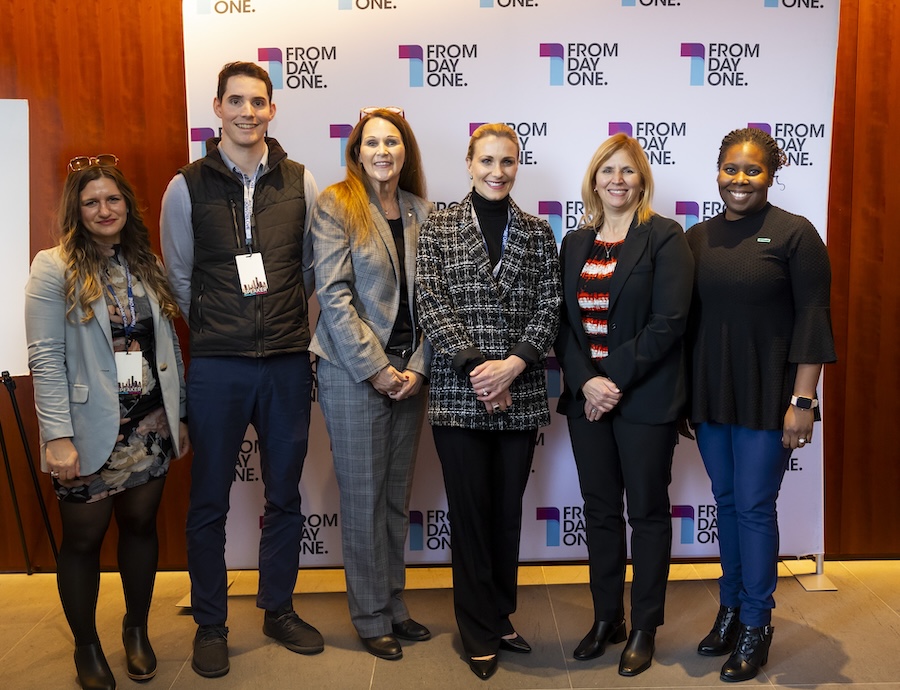The Benefits That Employees Want to See Enhanced in 2024
What does a covetable benefit look like in 2024? Take the pharmaceutical company Moderna’s lifestyle spending account, a cherished benefit that Jeffrey Stohlberg, Moderna’s director of company benefits spoke about in a panel session at From Day One’s Boston Benefits conference. Moderna gives employees $300 a month to use on lifestyle-related activities or purchases. “In addition, if you commute to work in a sustainable fashion,” referring to walking or taking public transportation, “Moderna gives you an additional $100 a month,” said Stohlberg.What constitutes ‘lifestyle’ can differ, a gym membership passes muster, craft beer, not so much. But this is one case of companies encouraging and incentivizing employees in the pursuit of their well-being. When 80% of employees say that they’d stay in a company solely for their benefits, it’s imperative to figure out the ones that matter. “We work with individual employees on how it affects them,” says Britt Barney, head of client success at financial-wellness platform Northstar.To her, it’s about getting tactical with employees making sure it fits in their individual financial brand. “Make sure it’s customizable,” because an intersectional and individualized approach to benefits nurtures diversity and inclusion.At the security company Akamai, a recent survey revealed that most employees want remote work. “95% of our workforce stays working from home,” said Ken Wechsler, Akamai’s VP of total rewards. “Keep things that are good,” he said. For example, the company completely shuts down and institutes wellness micro breaks, where employees are encouraged not to check their phone, or required to appear on video during calls.At Moderna, about 70% of the workforce is in the office. “There is a big focus on collaboration,” said Stohlberg. “People have gotten Zoomed and Teamed out.” The company offers three mental-health recharge days, which employees are highly encouraged to fully take advantage of. Upon their return to the office, the benefit team routinely asks all employees what they did during their recharge days.Cost-Effective BenefitsEvery benefit has a financial implication. “Mental health is a very expensive service,” acknowledged Britt Barney. “Our number one claim is related to anxiety, mental health, and depression, with 42% of the employees children,” said Stohlberg. “It’s a significant issue, and partnering with a mental health vendor has been impactful.”The panel session titled "The Benefits That Employees Want to See Enhanced in 2024" was moderated by Rebecca M. Knight, Contributing Columnist at the Harvard Business ReviewMental health still has some cultural barriers to overcome. “The stigma was that young people were using therapy, [older people] not as much,” Stohlberg said. “Now, over the last few years, we’ve seen employees across the spectrum use therapy.” They offer 26 complementary sessions, and after those are maxed out, you can use the same therapist through BlueCross.Wechsler found similar success in offering complimentary sessions, “I was excited to say we offer 16 [complimentary] mental-health sessions.” His company has 90 employees who act as the point of contact to direct those who need it towards the EAP. The Allure of SemaglutideCompanies have started offering coverage for GLP-1 drugs. “The science of GLP-1 is a real thing, it’s not something that is going away,” said Brian Harty, head of total rewards at Accolade. “These are blockbuster drugs, not just in suppressing appetite, but also for addiction and heart health. The science of it, that’s what I am excited about.”Accolade currently covers GLP-1 drugs for diabetes, and does not cover it when it’s intended for weight-loss medication. There are doubts regarding whether it’s a worthwhile investment, at an estimated cost of $14,000 per year, per patient. “40% of Americans qualify for Wegovy, with a BMI > 27,” Harty said.“When you introduce it like that, there’s no way you can change [the cut-off] to a higher BMI.” For his company, it would mean investing millions.Moderna, by contrast, offers it for weight management and diabetes. “In 2023 we saw a spike related to weight loss management: We looked at claims data, and after mental health, obesity and weight management were the second drivers,” said Stohlberg. Not everyone who wants to manage their weight is encouraged to take semaglutide, though.Moderna also uses a virtual weight-loss management program, where employees can work with a physician specializing in weight loss. “It’s not a path to GLP-1s but [the physicians] can provide medication for that person.” “Why do people need drugs like this?” asks Barney, advocating for a holistic approach. “Weight [can be attributed to] stress and environment. Physical health is not just physical health.”Angelica Frey is a writer and a translator based in Boston and Milan.





